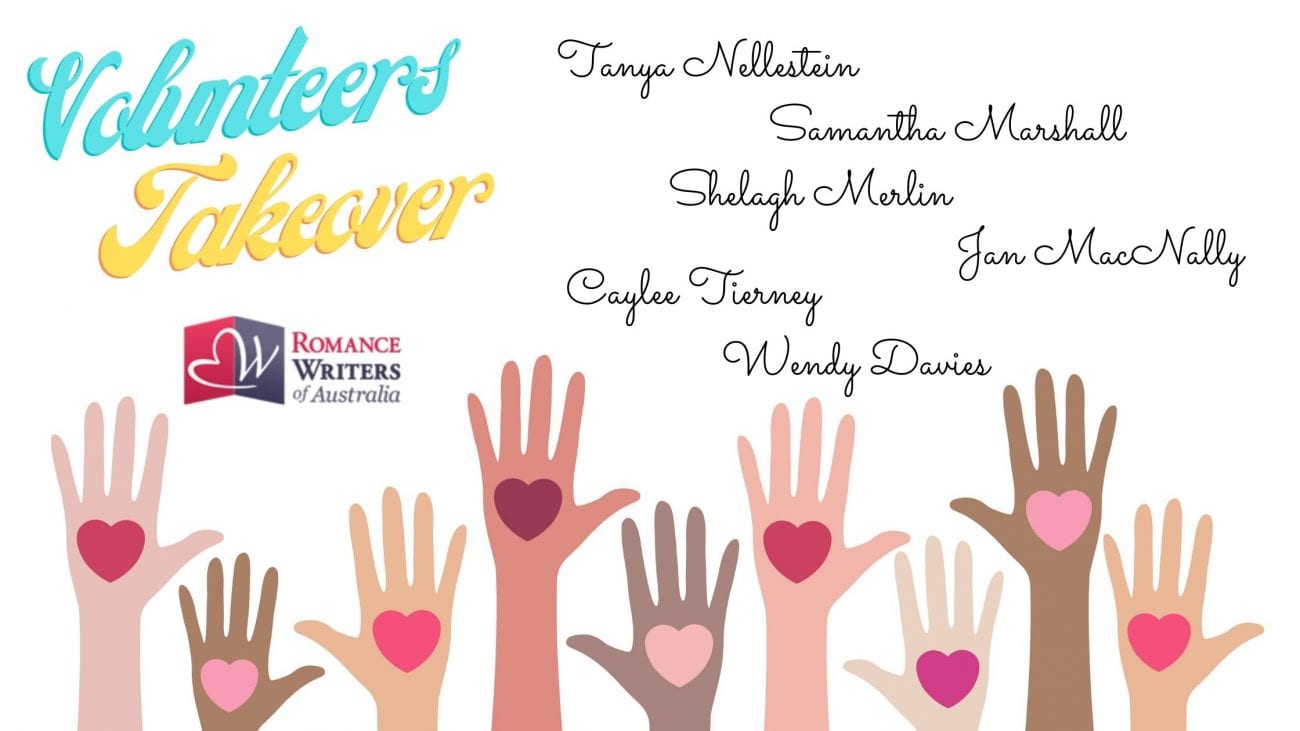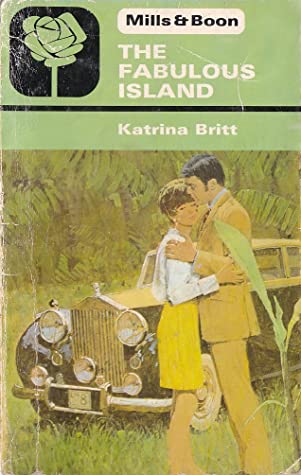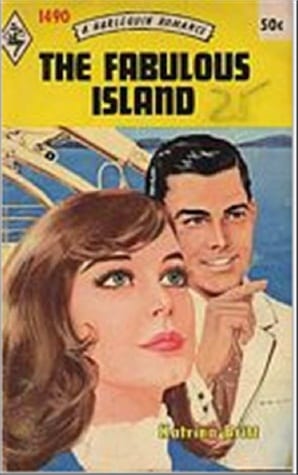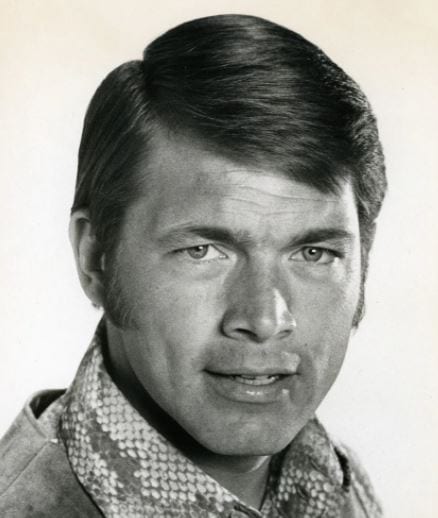The first ‘romance’ novel I ever read was Jane Austen’s Pride and Prejudice, when I was a bored young teenager at a loose end one cold weekend. The edition had a plain mustard coloured hard cover, without a dust jacket, and inside was a black and white illustration of a tall, slightly sneering gentleman (who reminded me of Basil Rathbone) holding a letter out to a young lady, and the caption, “Will you do me the honour of reading that letter?” Intrigued, I began reading that most famous of quotes, “It is a truth universally acknowledged…”
It didn’t take me long to devour all of Austen’s novels after this, with Emma and Persuasion becoming firm favourites along with Pride and Prejudice. The formal language sometimes stumped me but the unfolding story of the feisty, intelligent and witty Elizabeth Bennet, along with her sisters, parents and neighbours, quickly engaged me. Austen’s depiction of Elizabeth’s often lively, passionate and angry interactions with the haughty Mr Darcy and their eventual merging of minds, souls and emotions totally enthralled me. I also read the Brontës’ novels Wuthering Heights and Jane Eyre, which were far more traumatising but equally engrossing. (I also read lots of Dickens novels for a university course but that’s another story.) My impression of romance literature based on reading the works of these classic authors was that they usually included a spirited and/or isolated heroine and a brooding/arrogant/mysterious hero (one or more of these traits was always preferable). Therefore, modern romance books with independent heroines who had to fight for their rights, and brooding, omniscient heroes with limited articulation seemed perfectly acceptable to me, although these were not the types I initially read.
My first encounter with a Mills & Boon (M&B) book, The Fabulous Island (1970) by Katrina Britt, occurred when I was in high school. At that time, I had never heard of this or any other formulaic type of romance publication. My knowledge of romance literature, as I said, was based on reading works by Austen and the Brontës. Fortunately, my own moral compass and biases were not shaped (or warped) by reading M&B books, buffered as they were by classic literature, although I was always thrilled by the happily ever after outcome. I hoped to find my own soul mate one day; I just never accepted the belief that a woman’s lot in life was to find a husband (the richer the better) and to have her own life, desires and ambitions utterly subservient to her man’s imperious demands. But this was what M&B definitely promoted, so whether it was catering to the desires of its readership, or just providing a delightfully fantastical alternative to everyday life, it either reflected readers’ tastes or influenced them.

The Fabulous Island was left on my family’s kitchen table by a much older female friend of the family, a cast-off book half-buried under women’s magazines (in which I had no interest whatsoever). I wonder if that woman had any idea that her casual disposal of the M&B title would alter the course of my reading life.
This is the original blurb: Greer Smith’s delightful employer Myra Boncelli wanted Greer to marry Myra’s nephew, Lloyd Blair – and it looked as if that odious Mike Fenton did, too, as he was always implying that Greer had only come out to this job in the West Indies to find herself a husband.
If only they would all leave her alone to choose a husband for herself!
The irony of this last sentence is that Greer didn’t set out to get herself a husband at all. She wanted to be free to explore the world, as she exclaimed once to that odious fellow Mike Fenton. He ignored her wishes, of course, because he was the hero and apparently knew better. (I have always had a problem with men, or anyone for that matter, telling me what to do, or trying to dictate how I should act, so I definitely resented Mike’s heavy-handed decrees.)
The copy I was given had a soothing green cover promising faraway, exotic climes and beautiful, wealthy people. I only discovered the other cover when I Googled the title recently. The heroine in the yellow and blue coloured Harlequin re-issue cover faintly resembles Liv Tyler (who played Arwen in the movie trilogy The Lord of the Rings), but after reading the green cover book that first time, I forever afterwards always imagined the heroine Greer having an impishly short hair style, delicate features and a slightly pensive expression to match the depiction on the cover. The hero, Mike Fenton, pressed against her so thrillingly on the cover next to a Rolls Royce (or whatever type of expensive car it was), reminded me of the actor Chad Everett who played a doctor in the 1970s TV show Medical Centre. Being able to associate these characters with actual faces made the reading adventure more engaging and believable for me.
From the first few paragraphs, where the hero Mike Fenton, spied the heroine, Greer Smith, tripping gaily up a gang plank on a cruise ship, I was as hooked as the hero was (although we readers weren’t to know this until the Big Confession at the end of the book). For modern readers, the hero’s tendency to show up wherever the heroine happened to be, either on the ship or on the titular Fabulous Island in the West Indies, seeking to know everything about her, grilling her for details about her previous boyfriends, would nowadays be classed as obsessive stalking. Back then, however, his intense, often omniscient interest seemed flattering and a subtle sign of his unwavering devotion. The heroine protested at one stage that whatever she was doing was none of his business, to which the hero suavely replied, “I’m making it my business.” What a guy! Who could resist such masterly masculinity? Well, actually I could, easily. The idea of being followed about, lectured, regarded with insufferably smug condescension would have tempted me to push him over the ship railings or off a cliff.
M&B books in the 1970s, as I came to know well once my addiction kicked in and I began reading them voraciously, tended to include tediously detailed descriptions of the heroine’s clothing (and often that of the hero). Nowadays writers don’t dwell on such matters, but back then what was worn, as well as their hairstyles and make-up, provided unspoken approval or disapproval about the characters, their values, lifestyles and bank balances. One funny exchange that has never faded from my memory is when the heroine emerged fresh from a shower, dressed in something pretty and short, to be told by the hero that she would get pimples if she had a shower in the hot, humid weather, only for her to reply carelessly, “I never get pimples!” I always thought this exchange was odd and decidedly unromantic, almost awkward, but there were several odd exchanges so perhaps it was my youth and ignorance causing me to miss the subtle undertones. Or maybe it was just Mike being “odious” and interfering, always trying to dictate how Greer should act because he was older, more experienced, and a MAN.
M&B books back then also usually featured a femme fatale to provoke jealousy and insecurity in the heroine and make her pine even more for the hero. This woman was often glamorous, professionally successful and older (so sexually experienced), who appeared to have the hero’s love, or shared some passionate history with him. This female was also a back-stabbing bitch who managed to convince the naïve heroine that the hero would never be interested in such an unsophisticated person. (Just think of The Sound of Music, where Eleanor Parker’s Baroness managed to convince Julie Andrews’ naïve Maria that she had no chance with such a worthy man as Christopher Plummer’s Captain von Trapp.) This manipulation in The Fabulous Island led to various misunderstandings, of course, which remained a staple of these kinds of stories for many years. The femme fatale in The Fabulous Island was designing the interior décor for Mike Fenton’s new island mansion, and there was a suggestion this woman might have been Greer’s biological mother, although this was never resolved (and also seemed too much of a coincidence). The idea of giving birth out of wedlock was shocking back then so no doubt it was better left not explored too closely.
Speaking of silly coincidences, in another M&B book, Moon Over the Alps (1978) by Essie Summers, the heroine, Penny, overhears the man she met on holiday and fell madly in love with, talking to another man, saying, “She’s Penny Plain! But has rather good lines about her, don’t you think? And not too bad for holiday jaunting, lacking something more glamorous?” Apparently he was referring to a sailing vessel, but why on earth choose that expression, except that it caused the heroine to agonise for the rest of the book that he was just amusing himself with her and anything he said couldn’t be trusted. This type of lazy plotting, revolving around a misunderstanding and mis-heard conversation, really irritates me.
Another favourite complication in romance plots involved a rival for the heroine’s hand, but in The Fabulous Island, older, predatory Lothario Lloyd Blair was never really going to threaten Greer’s unrequited feelings for Mike Fenton, conveniently wealthy plantation owner and cryptic conversationalist. This was especially apparent when Lloyd’s earlier caddish treatment of an island beauty and attempted seduction of Greer was revealed. Once again, the difference in morals from the 1970s to now was very clearly emphasized when Lloyd tricked Greer into stopping at a hotel on the far side of the island during one of the regular afternoon rainstorms. A bartender warned Greer to leave as Lloyd was “a very bad man”, no doubt intent on seducing her, and this whole scene was played out as something incredibly shocking, when nowadays it seems very tame, and hardly a good enough reason to have Lloyd banned from the island.
One review I read spoke about the ‘casual racism’ in this ‘mediocre’ story but it never occurred to me until I re-read the book recently how insensitively the native people who lived on the island in the West Indies were referred to, being basically depicted as a subservient class, with the children referred to as ‘piccaninnies’, which is an insulting racial slur. But given this story was written in 1970, such attitudes were prevalent if not laudable. You would certainly never use such derogatory references now, which is one sign of progress.
The author throws in another subplot featuring an abandoned dog Greer adopts that Mike ends up caring for, which basically provides an indirect way to demonstrate he has a tender heart after all, and also gives him excuses to keep in touch with the heroine. This reminds me of Georgette Heyer’s novel Frederica (1965), where the hero adopts a dog that the impetuous heroine rescues but cannot care for. The hero and dog interplay is handled much better in Heyer’s novel, although Mike’s asides to the dog do show he has a sense of humour after all. I admit here to reading and re-reading most of Heyer’s novels over the years because they are so brilliantly and engagingly written. Try Cotillion (1953) – its title refers to both an intricate dance of the time and the equally intricate manoeuvrings of the characters. It is clever, with engaging characters and so much wonderful period detail, which reflects Ms Heyer’s meticulous research skills that others have tried to emulate, with few coming close aside from Amanda Quick (Jayne Ann Krentz).
In spite of its many flaws, I have a sentimental attachment to The Fabulous Island because it was my first ever M&B and it made a lasting impression on me. I couldn’t wait to get to the end to see if this couple would end up together (so naïve of me, I know!). So much of the clunky dialogue and florid exposition seem woeful now but are ingrained in my memory. Reading it now I find it ludicrously funny whereas the younger me just accepted it and skimmed over the boring descriptions. I went on to read many more (a lot of them provided by a school acquaintance who continued to feed my unhealthy addiction) but few have remained part of my upbringing. I haven’t read M&B books for a long time, finding their formulaic sameness so very tedious and outdated. I moved on to reading modern, realistic chick lit with witty dialogue by clever writers including Jennifer Crusie, Kristan Higgins and Rachel Gibson, before graduating to paranormal fiction by J R Ward, G A Aiken and MaryJanice Davidson, among others. I like my heroines older, witty, experienced, independent, flawed but likable, with men being a pleasant addition to their lives without being the only reason to read the books – there are actual plots and realistic depictions of a multitude of relationships, delivered in an amusing, engaging and often self-deprecating style.
My biggest issue with The Fabulous Island was the sudden wedding at the end. Greer is getting ready to leave the island after finishing looking after her employer, and has fallen hopelessly in love with the hero, Mike Fenton, but mistakenly believes he is to marry another. She has packed and is dressed impeccably, and being driven to the island church where she assumes she will witness her true love’s heart-breaking wedding before she sails away alone, only for the hero to declare it is their wedding she is attending! At no stage prior has he said, or does he say now, that he actually loves her. Instead, he refers to her earlier declaration that she wanted to be free to explore the world, but cleverly subverts this by saying they will now be able to explore the world – together. He doesn’t so much ask her to marry him as imply she will spoil the occasion if she backs out, disappointing all those who have come to witness this romantic event. So does this conniving manipulation of her good nature make him a control freak, obsessive jerk or hopeless romantic? Maybe all three, but not enough to make me abandon my long-held affection for this insubstantial piece of harmless fluff that was such an integral part of my adolescence. Fabulous indeed.
About Jan

Jan and writing have enjoyed a life-long love affair, starting with the first SF story she wrote in primary school. Her background (English teacher and communications officer) has helped hone her writing skills, as shown in autobiographical short stories, some published in anthologies. She shares her passion for cinema and literature by writing reviews for online websites, e-newsletters and her blog. She was thrilled to have her short story “Blown Away” included in this year’s Spicy Bites – Leather anthology and is already planning stories for next year’s Spicy Bites and Sweet Treats anthologies. She enjoys wearing SF costumes at pop culture conventions along with her family, reading extensively, collecting soundtrack music and anything related to the incomparable Jane Austen, who first hooked her on romance.
“Blown Away” is available in Spicy Bites 2020 (RWA Anthology) at:
You can catch up with Jan here:
Facebook: https://www.facebook.com/muchreviewed
Blog: https://suchreviewsaboutnothing.wordpress.com/author/suchreviewsaboutnothing/
Instagram: https://www.instagram.com/karls.girl/




